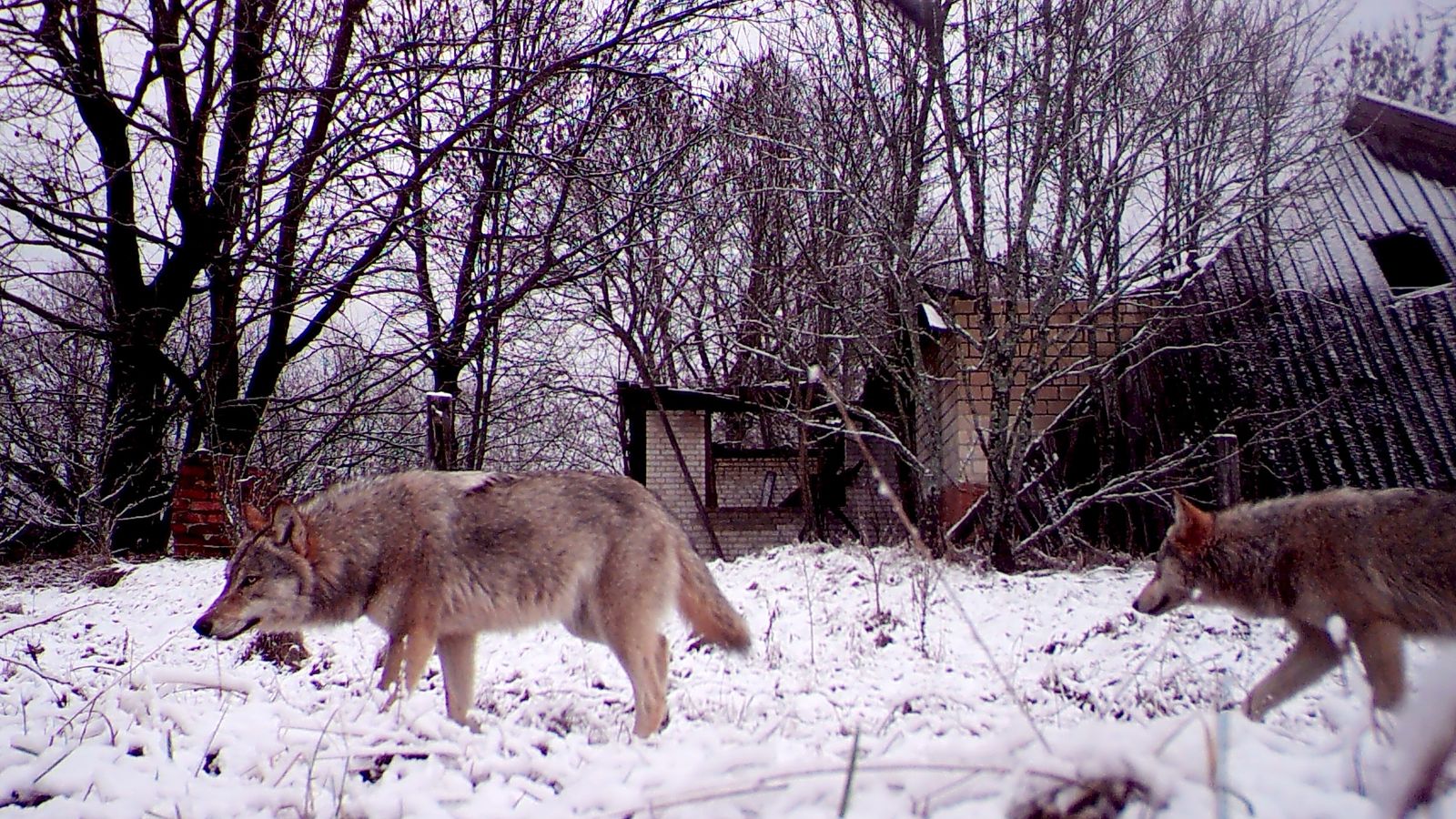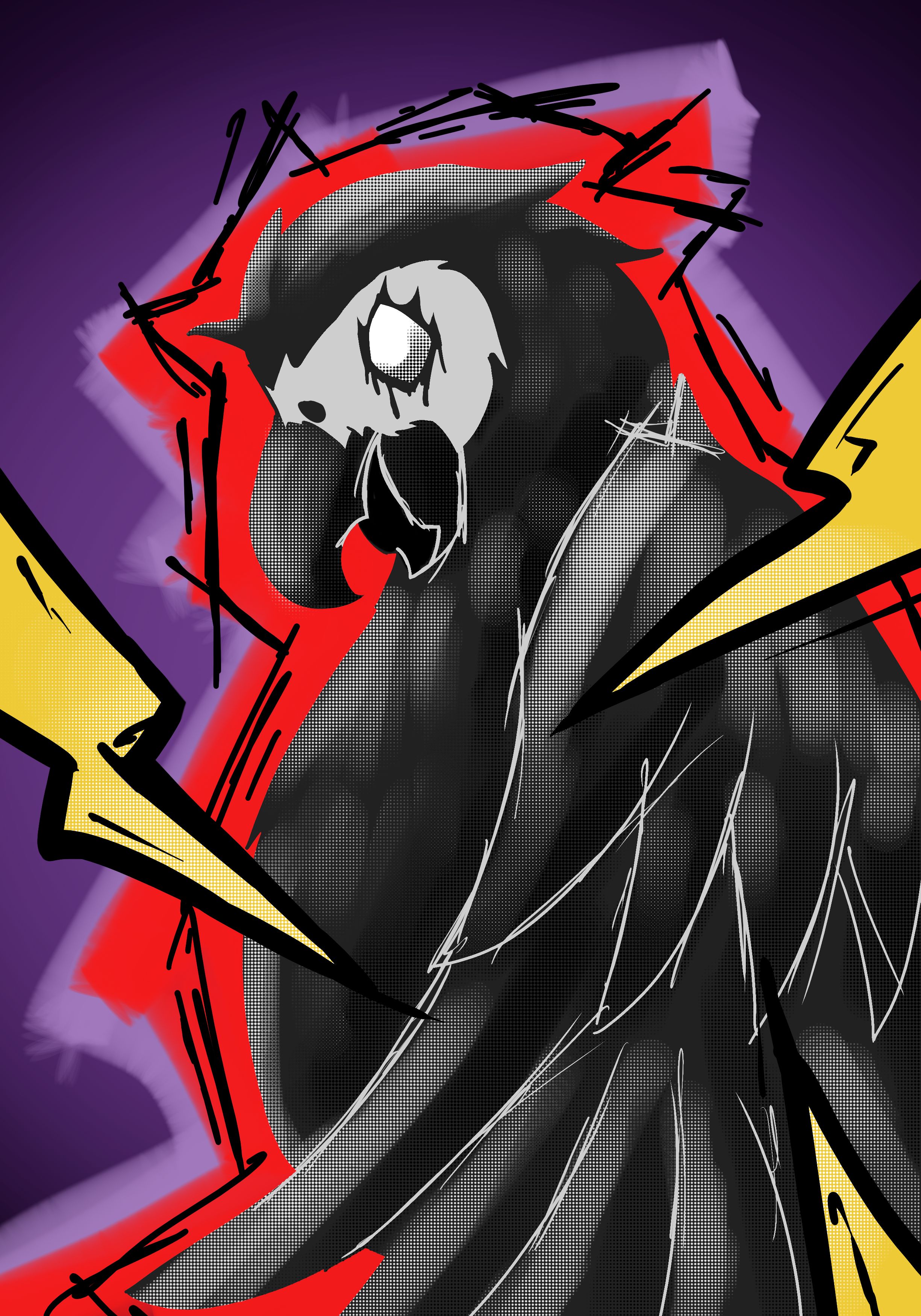And I for one welcome our Lupine overlords. I’d like to remind them of my long history of caring for their canine cousins and the potential for that to continue long into the future.
I, for one, (a vampire Goth) fear for my life when our werewolf overlords enter society …
How they see you:

“The Mutant Wolves of Chernobyl” seems like a good band name.
“Wolves of Chernobyl” is a song by Municipal Waste, already
No surprise. It’s too good a name.
Thank goodness, someone can inherit the Earth after we kill ourselves.
deleted by creator
So radiation does give you powers ?
Well… radiations selects for powers.
Nah, just filters out those that are weaker/less resistant.
Everyone has radiation resistance. Our DNAs repair mechanisms protect us from DNA errors from all sorts of sources.
A region where high radiation exposure becomes daily life simply makes the this trait the dominant one for animals to live long enough to procreate, meaning the ones with the best mechanisms will survive, the others die.
deleted by creator
Chernobyl dogs: “We have developed immunity to cancer”
Pripyat cats: m̴̳̏ẽ̸̥e̸̫͆e̸̋͜o̸̹͝ó̴̫ẅ̸́ͅw̶̧̄
So if Spiderman got his powers from being bit by a radioactive spider… 🤔
I think the only “power” you get from radioactive wolves is death.
but what a way to go, huh? “torn apart by mutant wolves” is a pretty metal death
The Chornobyl Exclusion Zone continues to fascinate me, both irl and virtually.
This is the best summary I could come up with:
Mutant wolves roaming the deserted streets of Chernobyl appear to have developed resistance to cancer - raising hopes the findings can help scientists fight the disease in humans.
A nuclear reactor exploded at the Chernobyl power plant in Ukraine in 1986 - with more than 100,000 people evacuated from the city as the blast released cancer-causing radiation.
Cara Love, an evolutionary biologist and ecotoxicologist at Princeton University in the US, has been studying how the Chernobyl wolves survive despite generations of exposure to radioactive particles.
Ms Love and a team of researchers visited the CEZ in 2014 and put radio collars on the wolves so that their movements could be monitored.
The researchers discovered that Chernobyl wolves are exposed to upwards of 11.28 millirem of radiation every day for their entire lives - which is more than six times the legal safety limit for a human.
Ms Love presented her findings at the annual meeting of the Society of Integrative and Comparative Biology in Seattle, Washington, last month.
The original article contains 406 words, the summary contains 168 words. Saved 59%. I’m a bot and I’m open source!







